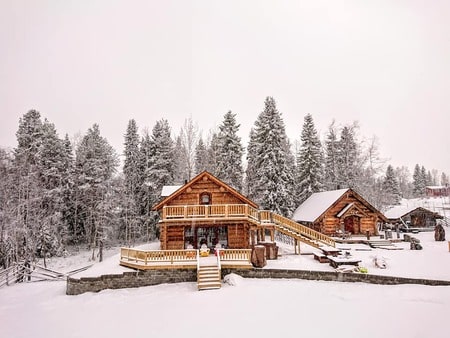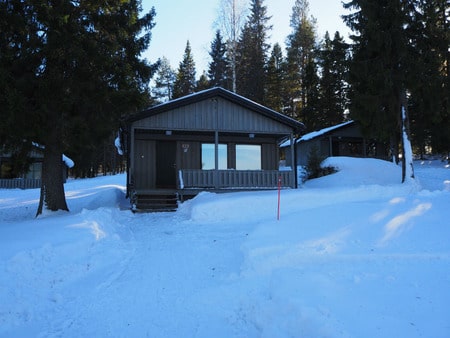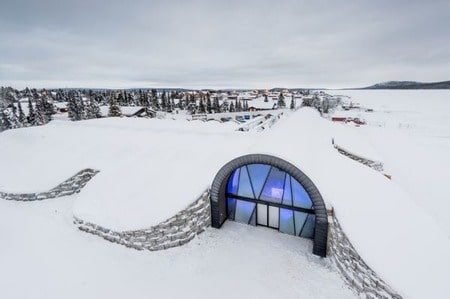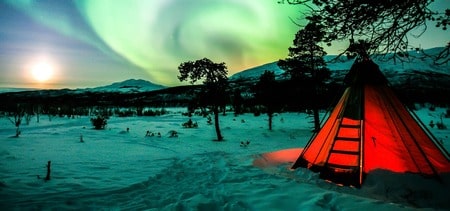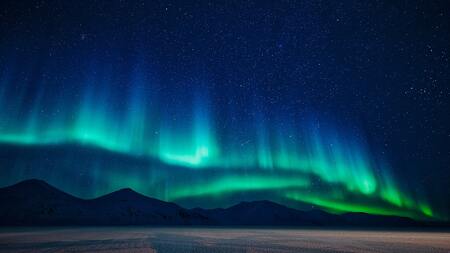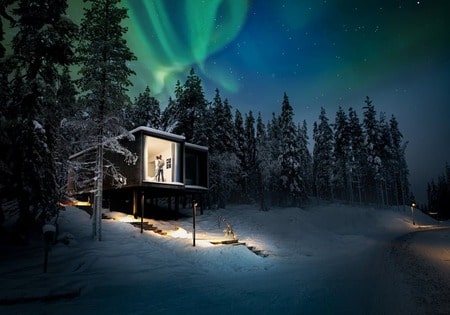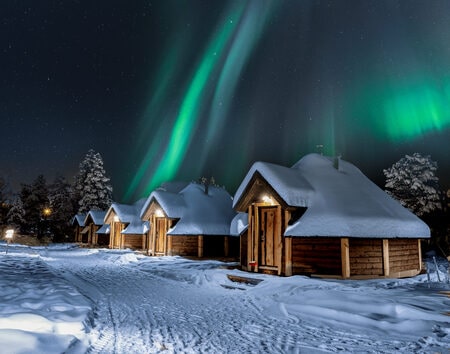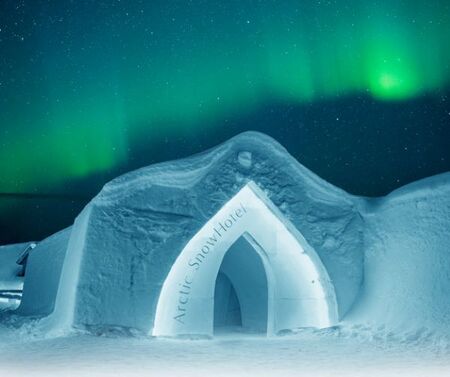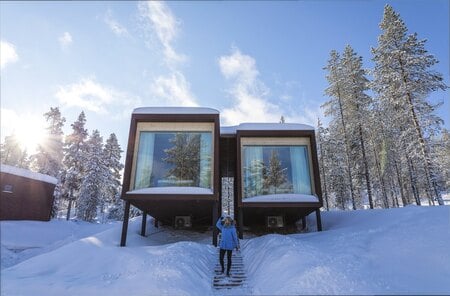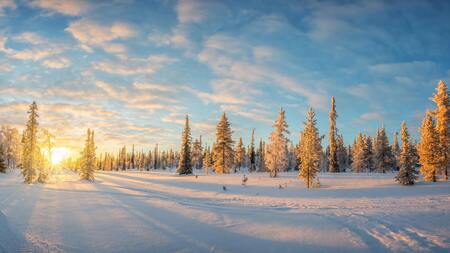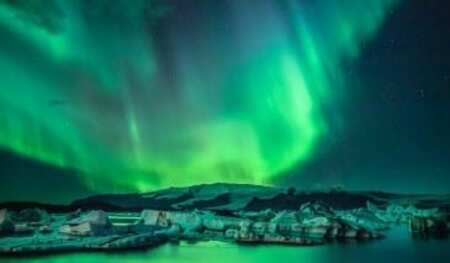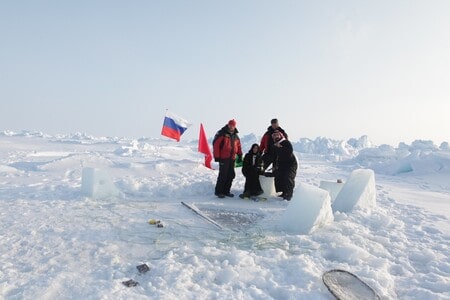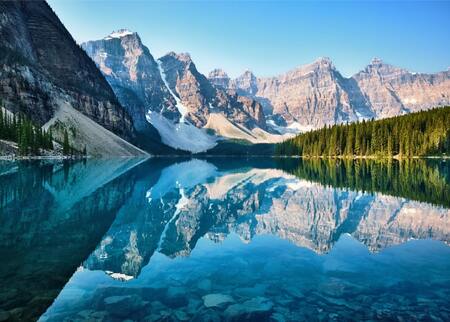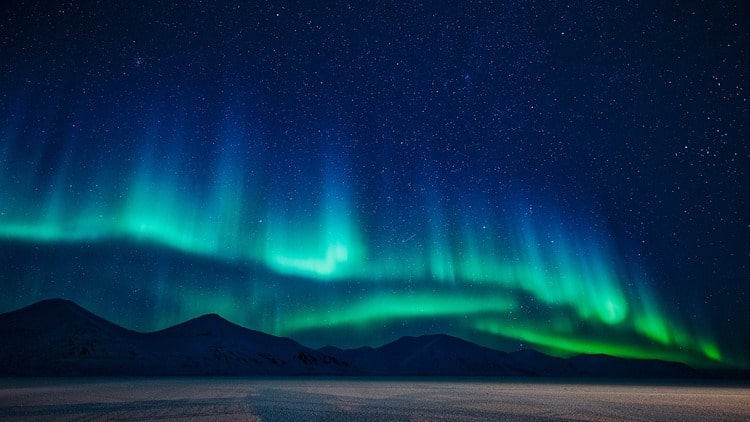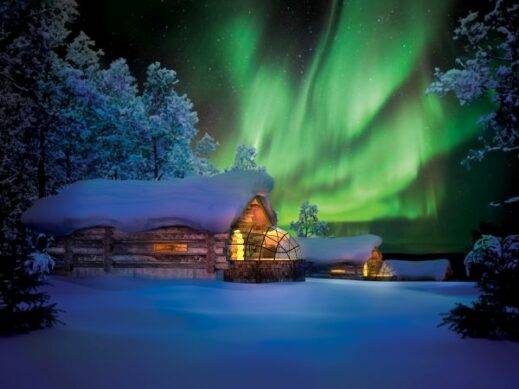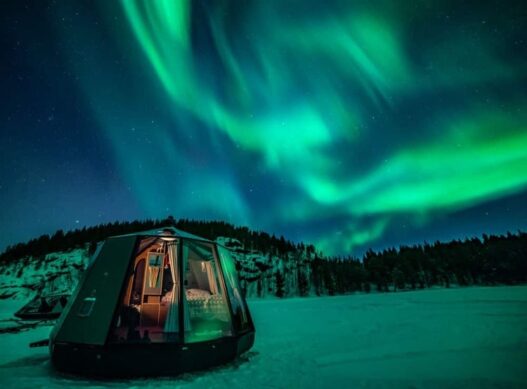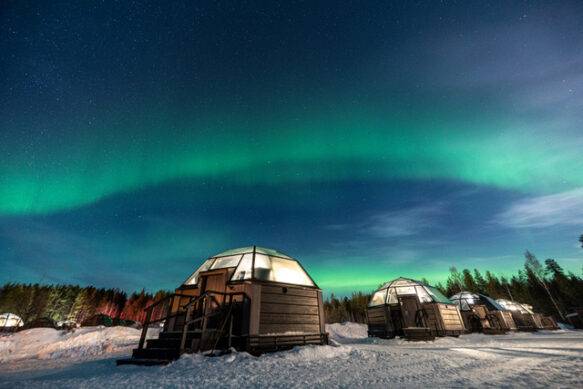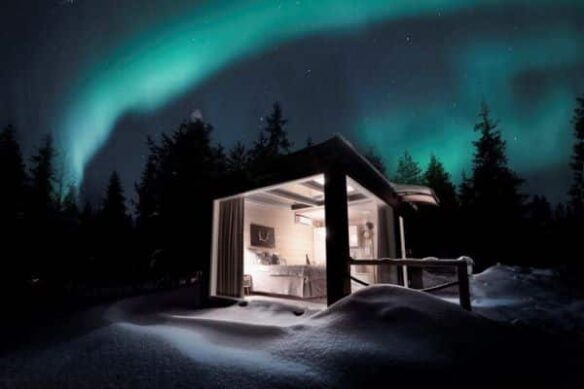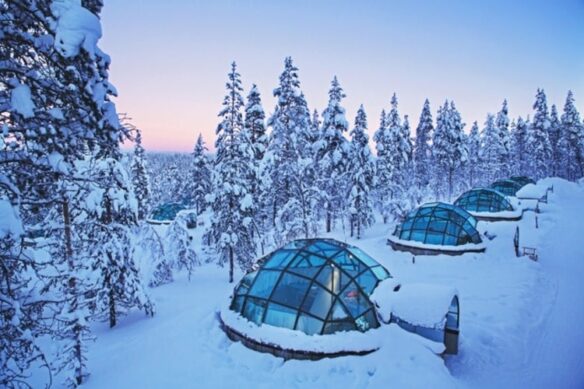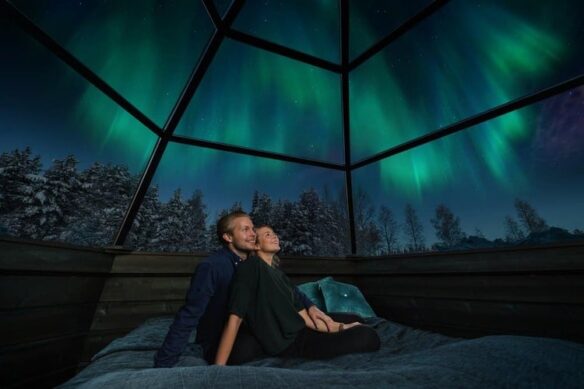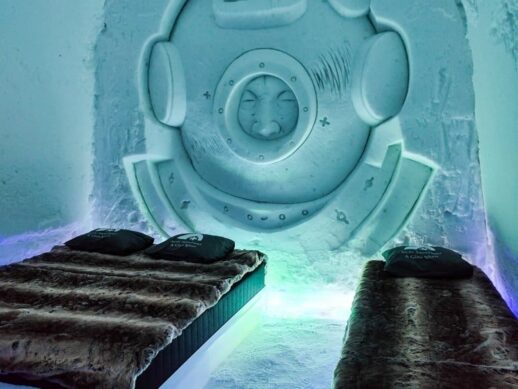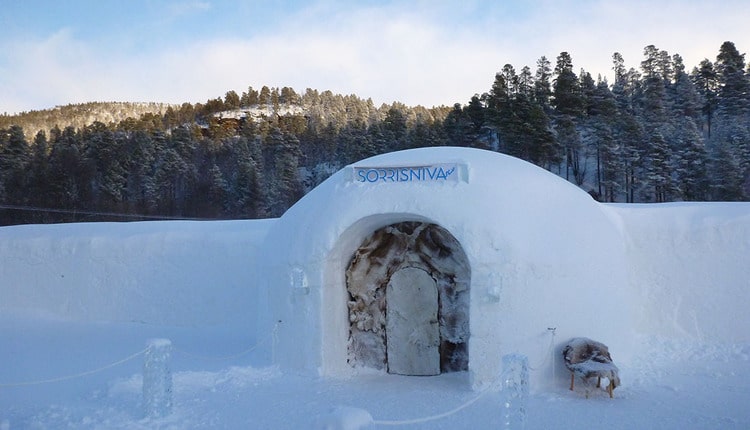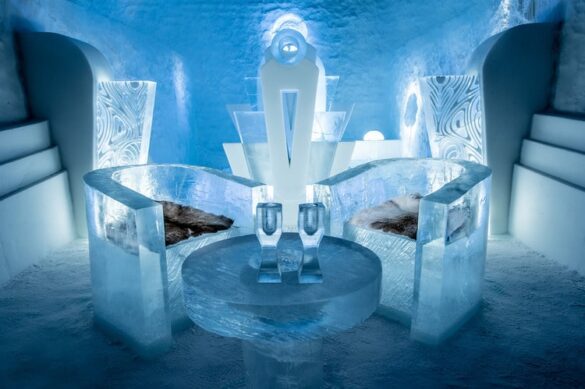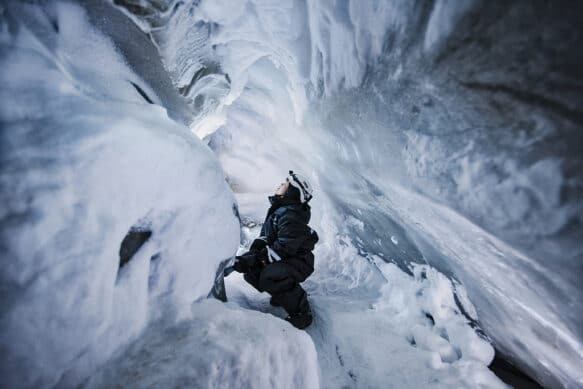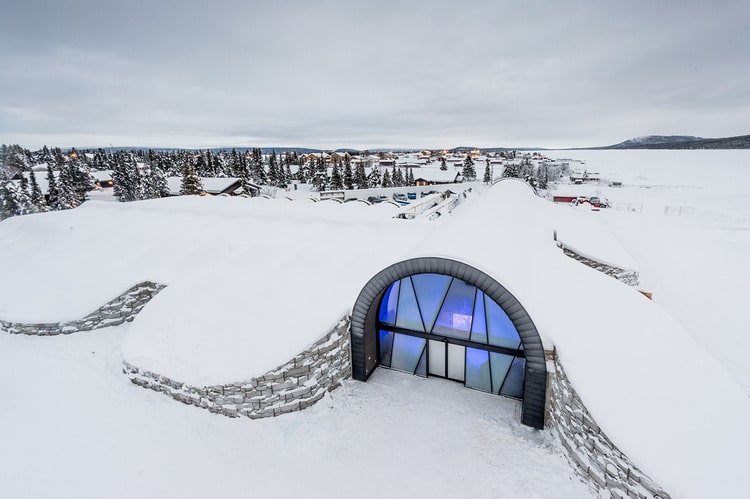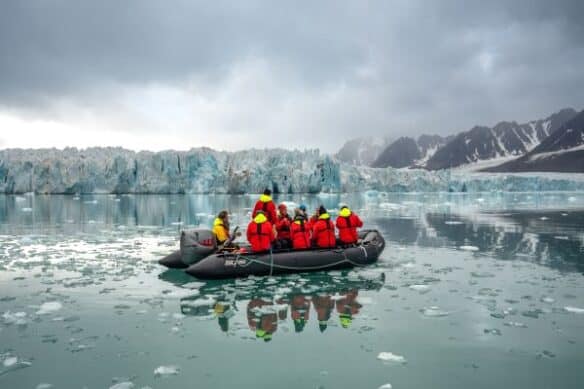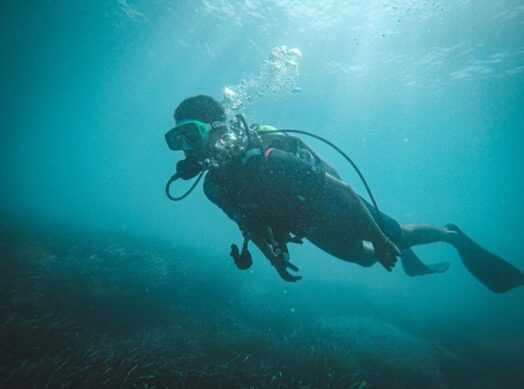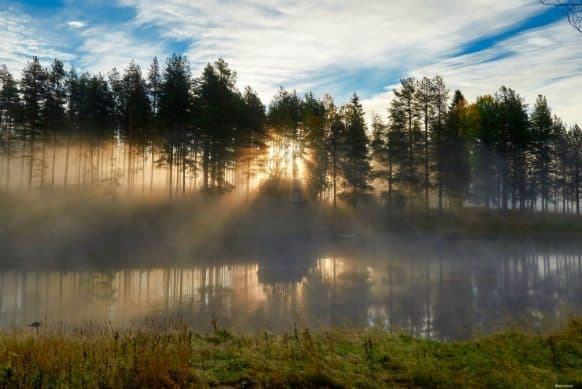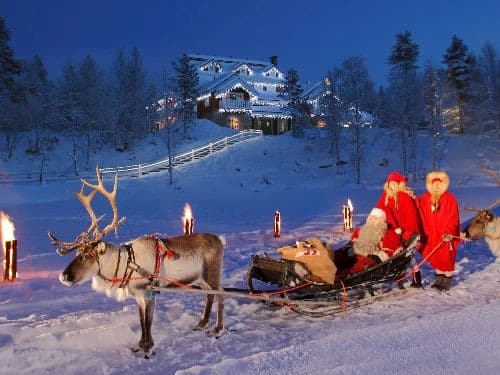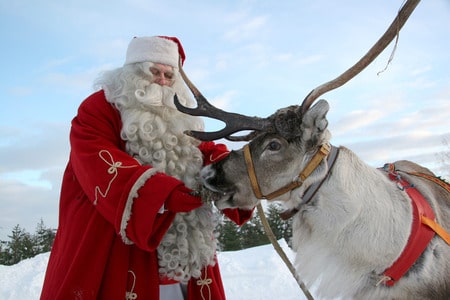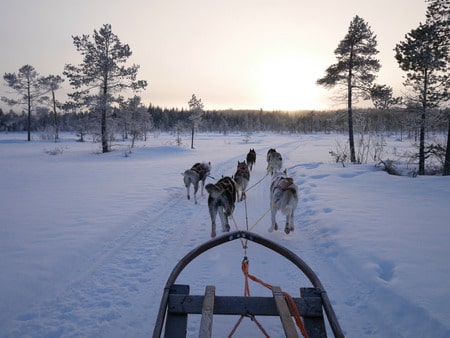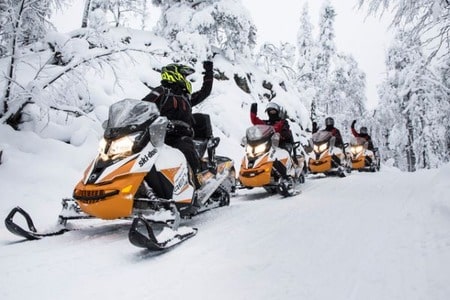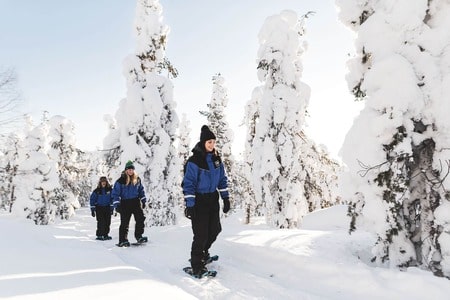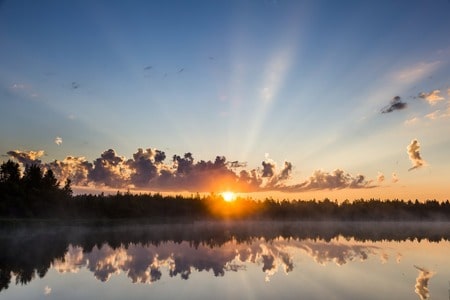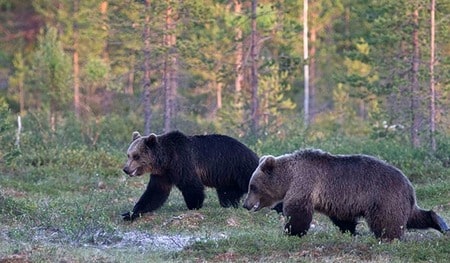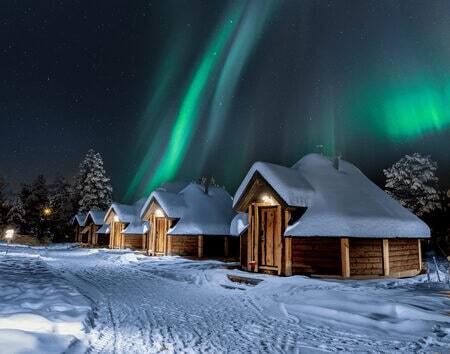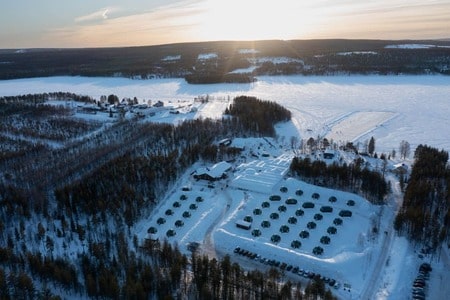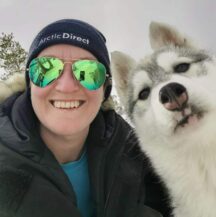If you’re wondering what the Northern lights look like through the human eye, everyone’s experience will be different as there are a number of factors that will influence the visibility.
For generations, there have been many stories about the Northern lights. From the Japanese believing that babies who are conceived under the Northern lights will be intellectuals, to the old Norse explanation was that the lights were old maids dancing in the heavens!
The word ‘Northern lights’ was based on a Finnish myth, with the words In Finland literally translating to ‘fire fox’, which is a creature of the North found by hunters. They believed the foxes’ flaming tail whips crystals of snow into the sky and the fur scratches the trees, setting the skies on fire. The person who manages to catch the fire fox will become rich and famous.
How are the Northern Lights formed?
The lights we see from the ground are caused by electrically charged particles from space, with the particles from the sun slamming into Earth’s upper atmosphere at speeds of up to 45 million mph. As the sun ejects charged particles from its upper atmosphere it creates ‘solar wind’. When that wind goes into the upper atmosphere it creates glowing emissions around the North and South magnetic poles which they return to their original state, release colours of lights. This is known as the Aurora Borealis (Northern Lights).
What are the Aurora colours and their meaning?
The colours of the lights are determined by the chemical composition of the Earth’s atmosphere. The most common colours of the Northern Lights is green. Due to the solar wind hitting millions of oxygen atoms in the Earth’s atmosphere emits a green light. Red light is also common for people to see; red is always there, but the human eye is five times less sensitive to red light than green, so it’s not always visible.
And it is far more unusual to spot purple in the display. Very rare sightings only usually happens during a very energetic display.
Where is the best place to go?
The Northern lights should be on every traveller’s bucket list. For the best experience, Norway, Svalbard, Iceland, Sweden, and Finland tend to be the best places to catch the Aurora Borealis.
However luck does need to be on your side when planning a trip to view the lights. There is no guarantee that you will see them, as seeing the wonderful aurora borealis colours depends on minimal light pollution, clear sky and how dark it is.
Where to see the Northern Lights
If you’re serious about having the best experience, Svalbard is the perfect destination. This is because Svalbard is pretty much dark all day from November till February, and presents one of the best opportunities of where to see the Northern Lights.
When to see the Northern Lights
When considering when and where to go, we recommend taking a trip in the Winter season. . Some regions get as many as 19 hours of darkness on the shortest days of the year, with around 24 hours of darkness for approximately two months of the winter season. This therefore provides plenty of opportunities for when to see the Northern lights. But make sure you’ve slept well the night before, as the Aurora tends to appear during the darkest part of the night, between 11pm and 2am.
How to photograph the Northern Lights
Of course, if you do get to experience the Northern lights then it’s useful to know how to photograph them! In fact, cameras can capture the lights in greater detail than the human eye, so make sure you go on your trip prepared. When our experts share how to photograph the lights, we would always recommend using a professional camera. Although, the advanced technology found in smart phones does mean you can still take good quality photos – just ask your tour guide for tips!
View Our Northern Lights Holiday Destinations:

